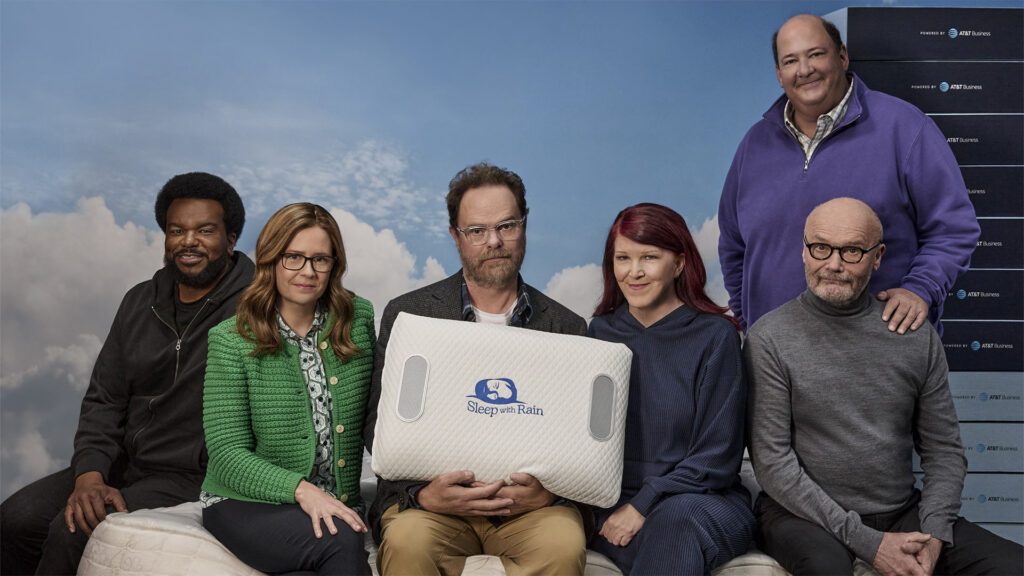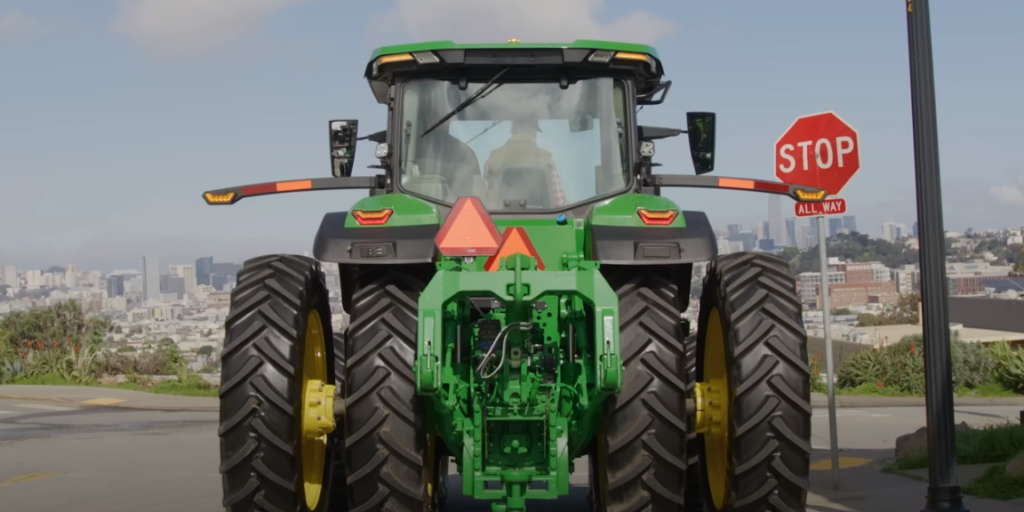Born between 1995 and 2010, Gen Z is one of the most racially and ethnically diverse groups of consumers and brands looking to connect with these consumers have found that purpose-based storytelling and technological innovation is the way to reach this audience.
At a recent Brand Innovators event called Marketing to Gen Z, brands from across the spectrum shared how they are looking at this group and the ways in which they are connecting. U.S. Bank has found that marketing to Gen Z also includes reaching their parents.
“I find that with banking it’s really interesting because we really have two audiences to target Gen Z,” said Katie Berry, Director, Agency Relations at U.S. Bank. “First, we are competing against apps like Venmo, which serves as a bank. When it comes to Gen Z and banking, there is a perception of why would Gen Z have a brick-and-mortar bank or more traditional bank, but what we find is that a lot of Gen Z turn to their parents for advice. We have messaging for parents and Gen Z on why U.S. Banks are the right choice. We have messaging for both audiences and two audiences on very different channels. For example, we may have a partnership with GQ to reach the parents and then for Gen Z we are going to need to target channels like Snapchat or TikTok.”
While Millennials spend their time on Instagram and Facebook, Gen Z is growing up on apps like TikTok, which changes the shape of how brands create content.
“There is this growing population of teenagers, specifically on TikTok, that are using our air fryers and other products and are creating content that’s going viral,” said Rachel McLaughlin, Head of Brand Marketing at MADE BY GATHER. “We are really thinking about the messaging and how we reach these content creators. What that forces us to do is throw our marketing calendars out the window. We knew that there were some things we could plan in advance from an editorial standpoint, but there is so much related to consumer behaviors, especially with teenagers and kids still living at home. Having that flexibility and agility has been critical to us from an organizational standpoint, to make sure we are adaptable and fluid as the consumer behavior keeps changing.”
Storytelling is important to this audience, which is looking for content that engages them rather than being pushed a product message. For Marriott that means a focus on creative content designed to inspire young audiences to travel.
“Right now, we are very much focused on storytelling and where the guests want to be,” said Aynat Ravin, Director, M Live, Social Media Command Center at Marriott International.
“We have a nice mix of lifelong members and newer folks just testing out the waters. We have been taking the trends we identified on social and leaning into them, like with our “On the Road” series. We are creating this content in interesting and creative ways. The time is coming fast for travelling, and we need to be up to speed with the changing consumer landscape.”
E.l.f. Beauty has been speaking about its values since it was founded in 2004. At the time, it was a little controversial, but building a brand on values has paved the way to connect to today’s consumers.
“We started as the original digital disruptor,” said Gayitri Budhraja, Vice President, Brand, e.l.f. Beauty. “But in many ways, it feels like we just burst onto the scene. We are a Gen Z favorite. The biggest inflection point for us happened in 2019. The way we talk about it internally is — we woke the e.l.f. up. One of the biggest unlocks for us was to invest in the fundamentals of the brand. We did a brand recharge – pausing for a moment and investing in strategy. We worked on refreshing the brand expression, making it clear who our consumer is. And we are for every eye, lip and face.”
As other generations before them, Gen Z often sets the trends and this generation’s lives have been shaped through their connectivity to the internet. For Invisalign, the goal is that everytime GenZ interacts with the brand, they walk away feeling good and empowered.
“We have a lot of investment in influencers, social and digital,” said Alma Salazar, Director, Consumer Marketing at Invisalign, North America, Teen, Align Technology. “Everything we do in that space we tag, and tag, so we have the ability to optimize the data. We understand which influencer is attracting the most eyes and which influencer has the most efficient cost per KPI. That gives us the opportunity to optimize pretty quickly. In the past two years, we set-up our own internal in-house social media buying team so that we have that real proximity to the data so that we can continue to do these optimizations and continue to drive the business.”
Diversity is important to Gen Z, and they expect it to be important to the brands they choose as well.
“What I find most interesting is that Gen Z is the most diverse generation,” said Ashley Schapiro, VP Marketing, Media, Performance & Engagement, American Eagle Outfitters Inc. “Diversity is their normal, and they grew up with diversity being the norm. They’re digitally native – they grew up with phones in their hands and their entire lives revolve around it. They are tough customers. They believe in brands that have values, not just products. It’s a much tougher job for brands, a more important one rather. There is this rawness to them because of how they consume content, because of how they interact with brands, It’s a two-way conversation. They can feel out the realness of the brands they are interacting with. You can talk about Gen Z all day but those are the things that shape how we market to them.”
Communicating with Gen Z means connecting to them in the channels they spend time in with content that connects to their values and not trying to interrupt with traditional product-driven advertisements.
“We find that Gen Z is the most skeptical,” said Erin Goldson, Brand Manager at Dove, Unilever. “They’re the ones where we really need to work to earn their trust, and prove that we’re walking the walk and not just talking the talk. It’s also about the way they define value. It’s no longer price and quality but taking the idea of value a step further. They want a brand that stands for more. You might think, doesn’t everyone want that? When we look at the numbers, Gen Z ranks highest in wanting a brand that stands for more. For them, value is looking for a brand with purpose. It’s important to have diversity in front of the camera and behind it – these are things that Gen Z are over indexing on. We already have that trust from Gen Z because their parents grew up on Dove, so we’re building on the work we’ve already done. We talk about ‘brand say vs. brand do’. We can say we stand for diversity, we stand for all shapes and sizes but it’s really the action behind saying that that matters the most.”
Gen Z does not consume media the way generations before them. They jump between screens and spend a lot more time in channels like TikTok and gaming than Millennials or Gen Xers.
“Gen Z is breaking all stereotypes and there is so much variety. It spans from console gaming to casual gaming,” said James Clarke, Sr. Director Media Strategy & CRM, Frito-Lay North America. “One of the things that makes Gen Z so exciting and so unique versus other generational cohorts is their media consumption. Certainly, we see this across cohorts, but Gen Z is very savvy when it comes to avoiding traditional advertising, which is a challenge for large brands. Our bread and butter, our business is built off of the back of mass advertising. We’ve had to really think about ‘how can we reach these people?’ It’s not only thinking creatively in terms of where to find them and reach them, but also the messaging itself. They’re not necessarily as receptive to the more traditional forms of advertising. It’s all about meeting them where they are but also thinking of innovative ways to connect brands and Gen Z-ers.”
For Jansport and Eagle Creek, content needs to have a purpose, be it to generate laughter, to peak interest or to move the audience in a meaningful way.
“We don’t put out messaging that makes a statement about a cause unless we can demonstrate that we have been actionable for that cause,” said Monica Rigali, Head of Marketing, Jansport and Eagle Creek, VF Corporation. “When the movement ignited in June of 2020 of social and racial injustice, it was easy for brands to put out a statement. When we are contributing to those types of conversations we have to consider – what is our part in this, and what can we do to support? As brands, you have to think past the statement, and show that commitment to action.”



